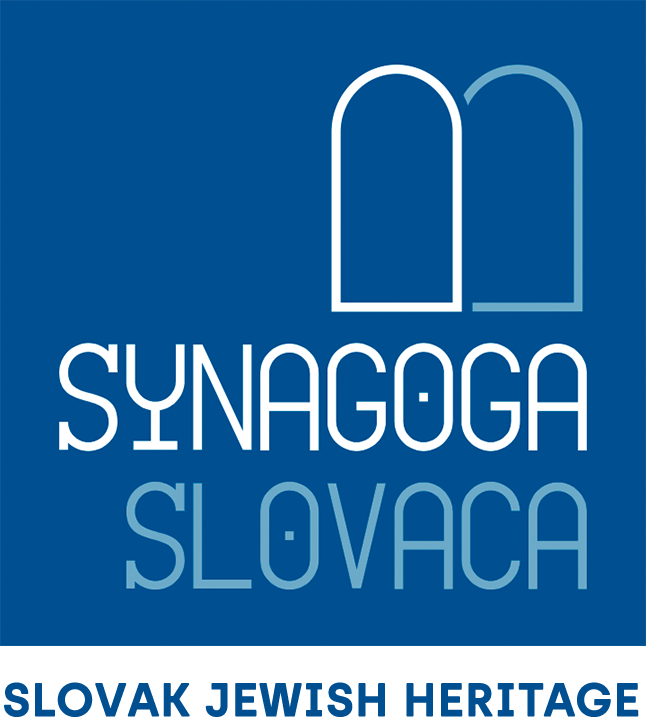The history of the Jewish population in the territory of today’s Slovakia is best understood in relation to the Slovaks, Hungarians, Germans, Poles, Rusyns and other peoples of this traditionally mixed region, as well as to the Hungarian, Czechoslovak, and Slovak state systems to which it belonged. The decentralized character of the territory and the importance of its regional particularities strongly influenced the development of the Jewish community, helping to shape the wide range of religious, cultural, and political affiliations throughout its history.
The territory of today’s Slovakia comprised the northern region of the Kingdom of Hungary from the eleventh century until the dissolution of the Austro-Hungarian Monarchy after the First World War, when it became part of Czechoslovakia. It remained part of Czechoslovakia until the break up of the state in 1993, except for the years of the Second World War, when it functioned as a separate Slovak State under the tutelage of Nazi Germany. The Jewish community of today’s Slovak Republic seeks to recover and preserve a history threatened with disappearance by the destruction of the pre-war Jewish community during the Holocaust, and the silence of the Communist era.
While evidence exists of Jewish migration to the territory of today’s Slovakia from Bohemia, Austria, and Germany in the 11th century, and of the founding of the first Jewish community in Bratislava (Pressburg, Pozsony) in the late 13th century, the migrations and settlements of the 17th and 18th centuries had the most significant impact on the subsequent development of the Jewish community. Encouraged by the Hungarian aristocracy, Jews migrating to northern Hungary from Moravia, Galicia and Bukovina, and Lower Austria tended to settle near the borders of the states from which they had come, and to maintain religious, communal, and linguistic ties with Jewish communities across the borders.
The significant growth and improvement of the social and economic position of the Jewish population during the 19th century was to a great extent the result of the reforms of religious toleration enacted by Emperor Joseph II in 1783. Bratislava became the seat of Hungarian Jewish Orthodoxy under the leadership of the renowned Rabbi Moshe Schreiber, known as the Chatam Sofer (1762-1839), who served as rabbi in Bratislava from 1806 until his death. He founded the influential yeshiva of Bratislava, and led the traditionalist struggle against rapidly spreading religious reform. In 1868, one year after the constitutional compromise (Ausgliech), Hungarian Jewry split into Neolog (Hungarian reform), Orthodox, and Status Quo factions following unresolved conflict stemming from the kingdom-wide Jewish congress in Budapest organized by the government. The majority of Jewish communities in northern Hungary were Orthodox, though there were important Neolog Jewish communities in Bratislava and Košice (Kaschau, Kassa).
An identifying Slovak Jewry first emerged after World War One as a result of the reorientation of the Jewish population of the territory in the new state of Czechoslovakia. Though Czechoslovakia would be the most favorable environment for Jews in Interwar East Central Europe, the shock of the dissolution of the Monarchy, and the violence directed against Jewish property which accompanied the change of regimes made the transition difficult. With governmental support of Jewish nationality as a new category of national affiliation, and its espousal by the majority of Jews in Slovakia, the Jewish national movement sought to unify a fragmented Jewish population along national lines. Emigratory Zionism grew in strength in the 1930s as anti-Semitism and the push for Slovak national autonomy intensified.
The Munich agreement of September 1938 led to the rapid dissolution of Czechoslovakia, and the establishment of a clerical fascist Slovak State led by Monsignor Josef Tiso in March 1939. Jews in the Slovak State sought to avoid the deportations that began in March 1942 by escaping to Hungary, which now included southern portions of the former Slovak territory granted to Hungary through the Vienna arbitration of November 1938. Deportations from Slovakia took place between March 25 and October 20, 1942, and then resumed from September 30, 1944 to March 31, 1945. Deportations from the territories annexed to Hungary under the Vienna arbitration took place in May and June of 1944, following the German occupation of the country in March 1944. Approximately 105,000 Slovak Jews, or 77% of their pre-war population, died during the war: accused by the Slovaks of being Magyarones, and by the Hungarians of being supporters of Czechoslovakia against Magyar interests.
Of the approximately 30,000 Jews who resided in Slovakia following the end of the war and the restoration of Czechoslovakia, thousands emigrated to the newly created state of Israel, to the United States, Canada, Australia and other countries after the establishment of the Communist regime in 1948. Despite efforts to revive Jewish community life and organizational activity, the obstacles provided by the authorities gradually eroded the ability to do so. Jews concealed their Jewishness, built new lives, and maintained the official silence surrounding Jewish history and the Holocaust.
The 1990s saw a revival of Jewish life across post-Communist Europe… Today, there are about 3,000 Jews living in Slovakia.
Text by Professor Rebekah A. Klein-Pejšová, Purdue University
